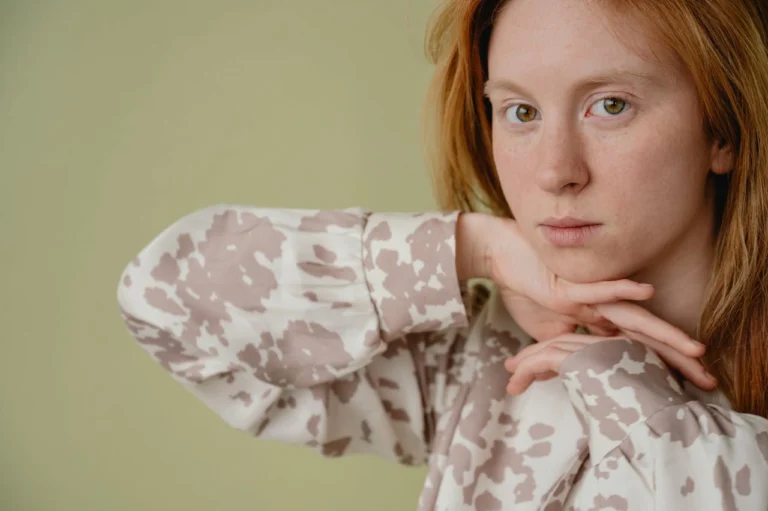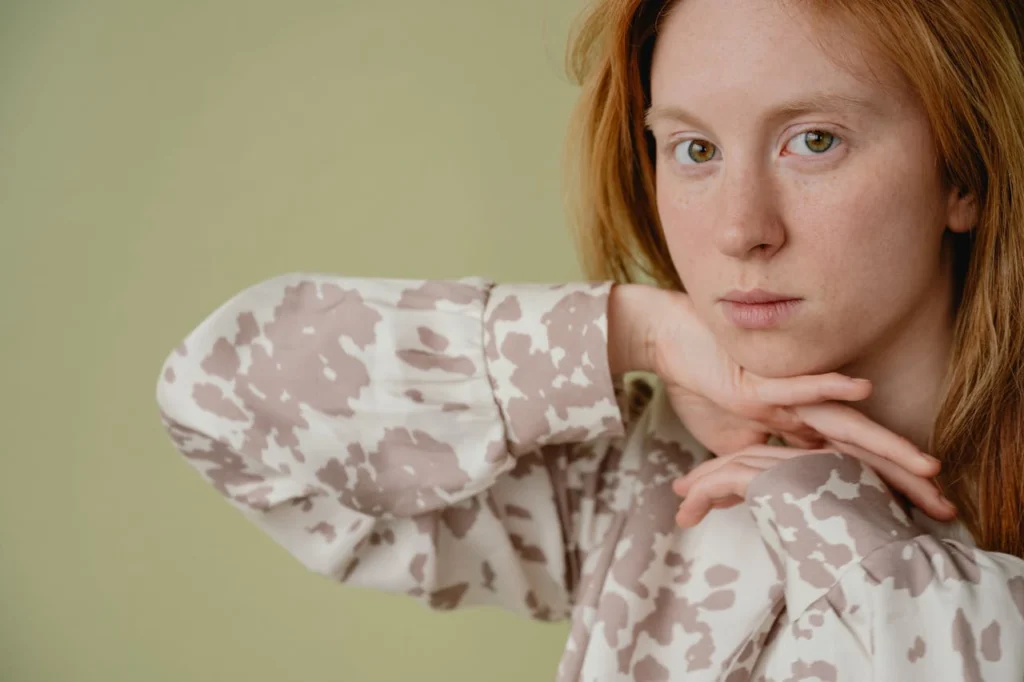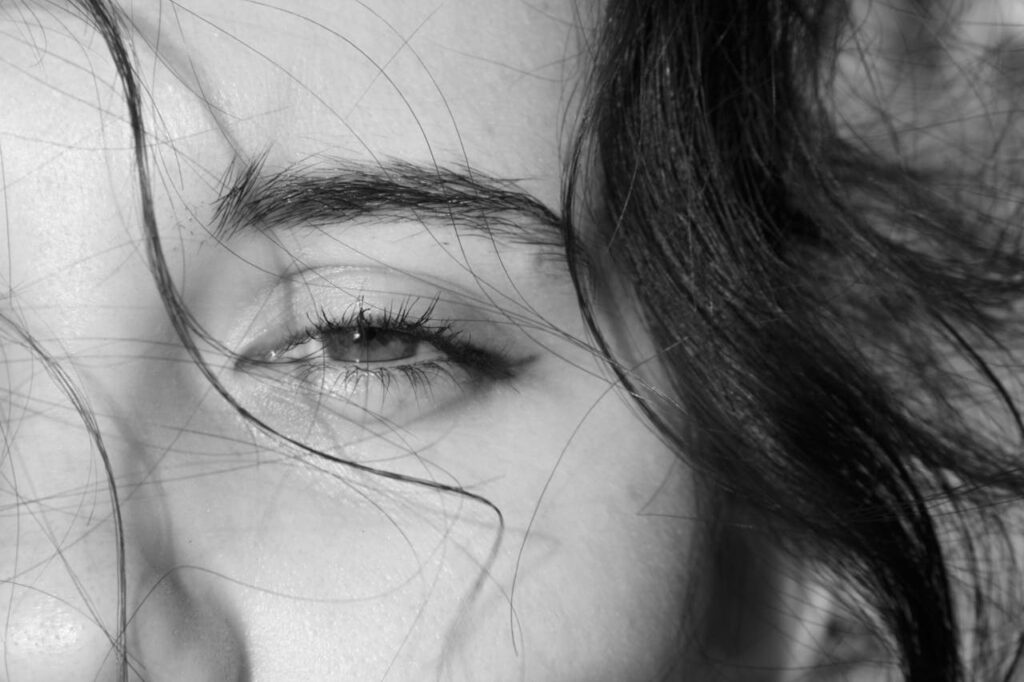In today’s fast-paced therapeutic landscape, the integration of mindfulness with creative therapy represents a powerful approach for facilitating profound healing and personal growth. This innovative combination harnesses the present-moment awareness of mindfulness practices with the expressive potential of creative modalities, creating a synergistic effect that can deepen therapeutic work significantly.
For mental health professionals seeking to enhance their practice, understanding how to effectively blend these approaches offers new pathways to help clients process emotions, gain insights, and develop resilience.
This comprehensive guide explores the foundations, techniques, and applications of integrating mindfulness with creative therapy, providing practical strategies that can be implemented across various therapeutic settings and client populations.
Understanding Mindfulness and Creative Therapy: Foundations and Intersections
Before exploring integration techniques, it’s essential to understand the core principles that underpin both mindfulness and creative therapy approaches, and how they naturally complement each other.
Defining Mindfulness in Therapeutic Contexts
Mindfulness, popularized in Western therapeutic settings by Jon Kabat-Zinn, involves paying attention to the present moment with intention and without judgment.
In therapeutic contexts, mindfulness practices help clients develop awareness of their thoughts, feelings, and bodily sensations without becoming overwhelmed by them. This awareness creates a foundation for deeper therapeutic work by helping clients observe their internal experiences with curiosity rather than reactivity.
The core elements of therapeutic mindfulness include focused attention, body awareness, emotional regulation, and the cultivation of acceptance. These skills support clients in developing a more compassionate relationship with themselves and their experiences, creating space for healing and transformation.
Overview of Creative Therapy Modalities
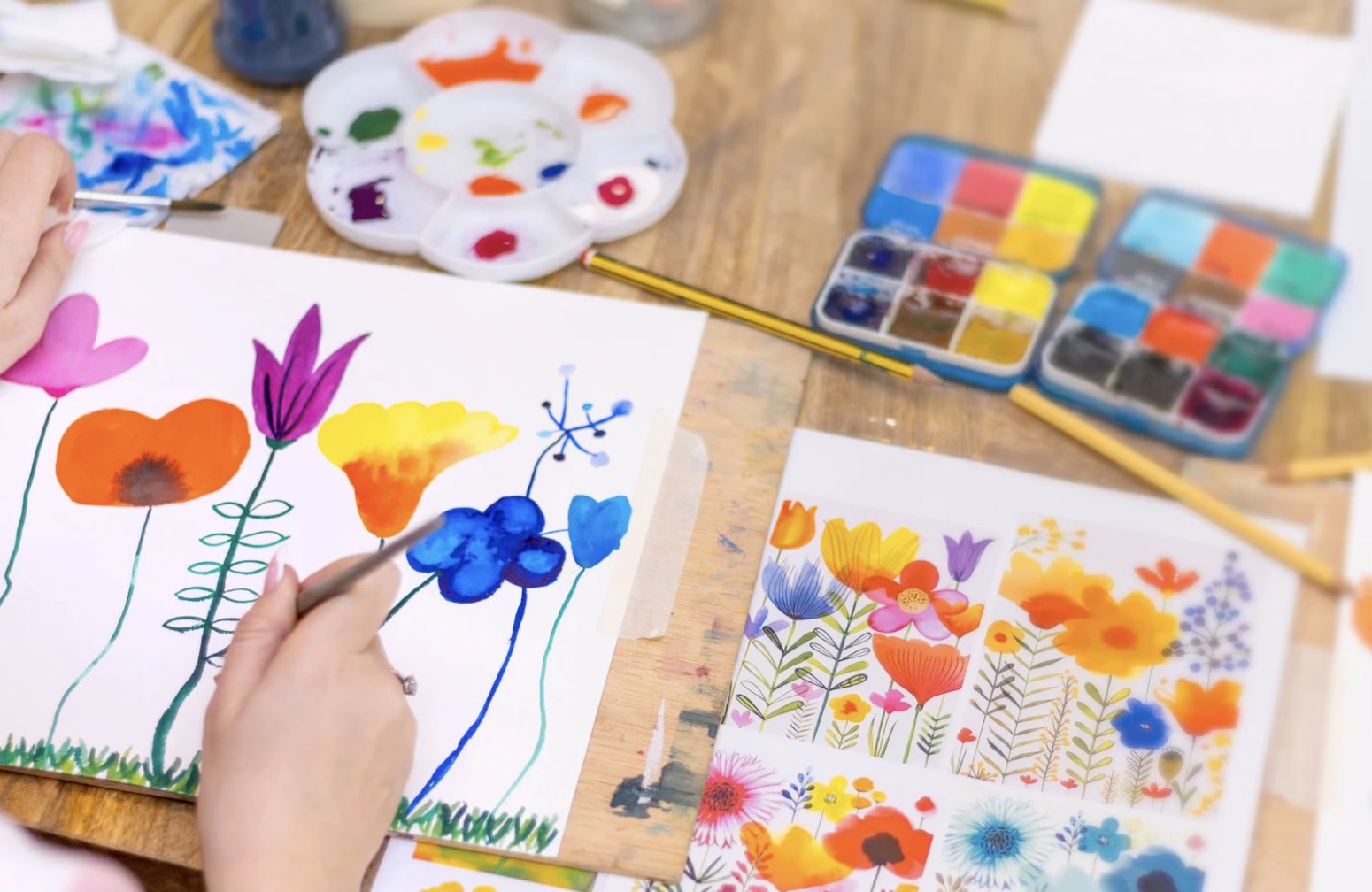
Creative arts therapy encompasses various expressive modalities including art therapy, music therapy, dance/movement therapy, drama therapy, and poetry/writing therapy. Each modality offers unique pathways for expression, exploration, and healing that may bypass verbal defenses and access deeper levels of awareness.
Art therapy utilizes visual expression through various media to explore emotions and experiences that may be difficult to verbalize.
Music therapy employs sound and rhythm to facilitate emotional expression and regulation.
Dance and movement therapy engages the body as a vehicle for processing and expressing feelings. Drama therapy uses role-play and storytelling to explore different perspectives and possibilities. Poetry and writing therapy harness the power of words and narrative to make meaning of experiences.
The Synergistic Relationship Between Mindfulness and Creativity
When mindfulness and creative expression are intentionally combined, they create a powerful synergy that enhances therapeutic outcomes.
Mindfulness provides the attentional foundation and present-moment awareness that allows clients to engage more deeply with creative processes. Simultaneously, creative expression offers concrete, tangible ways to embody and explore mindful awareness.
This integration allows clients to:
- Access and express emotions that may be difficult to verbalize
- Develop greater awareness of internal experiences
- Process difficult material with increased safety and containment
- Engage both cognitive and somatic pathways for healing
- Build resources for self-regulation and resilience
Neuroscience of Mindfulness and Creativity in Therapy
Understanding the neurobiological underpinnings of integrated mindfulness and creative therapy approaches can help practitioners optimize their interventions and explain the benefits to clients.
Brain Changes During Mindful Creative Processes
Research from 2023 indicates that mindful creative engagement activates multiple brain networks simultaneously.
When clients engage in mindful creative activities, functional MRI studies show increased activity in the default mode network (associated with self-reflection), the salience network (which helps determine what deserves our attention), and the central executive network (involved in focused attention and problem-solving).
This multi-network activation creates unique opportunities for integration and new neural connections.
For example, when a client mindfully engages with art materials, they simultaneously process sensory information, emotional content, and meaning-making in a way that standard talk therapy might not facilitate.
How Integration Enhances Neuroplasticity
The combination of mindfulness and creative expression appears to accelerate neuroplasticity—the brain’s ability to form new neural connections and reorganize itself.
A 2022 study published in the Journal of Creativity in Mental Health found that regular participation in mindful creative activities for eight weeks led to measurable changes in emotional regulation capacity and stress response.
This enhanced neuroplasticity may be particularly beneficial for clients working through trauma, as it provides alternative pathways for processing difficult experiences without becoming overwhelmed by them.
The EMDR therapy approach similarly utilizes bilateral stimulation to process traumatic memories, and when combined with mindful awareness and creative expression, can create powerful opportunities for healing.
Core Benefits of Integrating Mindfulness with Creative Therapy
The integration of mindfulness with creative therapy offers numerous benefits that enhance therapeutic outcomes across various client populations and presenting concerns.
Deepening Emotional Awareness and Expression
One of the primary benefits of this integrated approach is its ability to facilitate deeper emotional awareness and expression.
Many clients struggle to identify and articulate their feelings through words alone. The combination of mindful awareness with creative expression provides alternative pathways for emotional processing.
For example, a client who has difficulty verbalizing feelings of grief might engage in mindful painting, paying attention to the sensations, thoughts, and emotions that arise as they select colors and create shapes on the canvas. This process can reveal emotional content that was previously inaccessible, allowing for acknowledgment and processing of complex feelings.
Enhancing Present-Moment Engagement
Both mindfulness and creative expression naturally encourage present-moment engagement. When combined intentionally, they create a powerful state of flow and presence that can be deeply therapeutic.
This present-centered awareness helps clients step out of rumination about the past or anxiety about the future, creating a space where healing can occur.
Therapists at Integrative Creative Therapy have observed that clients who struggle with anxiety often report significant relief when engaged in mindful creative activities, as these experiences provide a concrete anchor for attention while simultaneously offering expressive outlets.
Building Resilience Through Integrated Approaches
The skills developed through integrated mindfulness and creative therapy approaches transfer to clients’ everyday lives, building resilience and coping capacity.
Research published in the American Journal of Art Therapy (2024) found that participants who engaged in an 8-week mindful art therapy program demonstrated significant improvements in measures of resilience and self-efficacy compared to control groups. These benefits were maintained at 6-month follow-up, suggesting that the integration of these approaches has lasting positive effects.
Practical Techniques for Integration
Implementing integrated mindfulness and creative therapy approaches requires intentional technique selection and adaptation based on client needs and preferences. The following techniques offer practical starting points for therapists interested in this integration.
Mindful Art Making
Mindful art making involves using art materials as a medium for cultivating present-moment awareness.
In this technique, clients are encouraged to engage in the creative process with an open, non-judgmental attitude. Therapists can guide clients to notice the sensory experiences, thoughts, and emotions that arise as they create art, helping them stay anchored in the present moment.
Music-Assisted Mindfulness

Music-assisted mindfulness integrates music listening or playing with mindfulness practices.
Therapists can use pre-recorded music or live performances to guide clients through mindfulness exercises. Alternatively, clients with musical abilities can be encouraged to use their instruments to explore mindful awareness through sound and rhythm.
Movement-Based Mindfulness
Movement-based mindfulness techniques incorporate mindful awareness into physical activities such as yoga, dance, or walking.
Clients are guided to pay attention to their bodily sensations, movements, and breath as they engage in these activities. These techniques can be particularly helpful for clients who struggle with traditional seated mindfulness practices.
Mindful Art Techniques for Deeper Therapeutic Work
Mindful art techniques combine present-moment awareness with visual expression to facilitate deeper therapeutic exploration.
These approaches can be particularly effective for clients who struggle with verbal expression or who benefit from concrete, tangible forms of processing.
One powerful technique is the “Mindful Mandala,” where clients begin with a brief centering meditation before slowly creating a circular design that represents their current emotional state.
The therapist guides the client to notice sensations in the body, thoughts that arise, and emotional shifts as they engage with the art materials.
This process often reveals patterns and insights that verbal exploration alone might miss.
Another effective approach is “Emotional Weatherscapes,” where clients mindfully create visual representations of their emotional landscape as weather patterns.
This technique helps externalize internal experiences and develop the observer perspective that is central to both mindfulness and effective therapeutic work.
Mindful Movement and Dance Therapy Integration

The body holds emotional experiences in ways that often bypass conscious awareness. Integrating mindfulness with movement and dance therapy creates powerful opportunities for somatic processing and expression.
“Mindful Movement Mapping” involves guiding clients to slowly move in response to emotional awareness, paying close attention to sensations, impulses, and shifts that occur.
This technique can be particularly helpful for clients working through trauma, as it provides a way to safely access and process body-based memories and reactions.
For clients who benefit from more structured approaches, “Emotional Postures” involves mindfully exploring physical shapes and positions that represent different emotional states, creating an embodied vocabulary for feelings that may be difficult to verbalize. EMDR and somatic therapy approaches can be effectively integrated with these mindful movement techniques to address trauma.
Mindfulness in Music Therapy Applications
Music naturally engages attention and emotion, making it an ideal medium for mindfulness integration. Mindful music therapy techniques help clients develop awareness of their emotional responses to sound while providing expressive outlets.
“Mindful Rhythm Work” involves guiding clients to create simple, repetitive rhythms while maintaining awareness of breath, body sensations, and emotional shifts.
This technique helps regulate the nervous system while providing a container for emotional expression.
“Resonant Listening” combines mindful listening with reflective response.
In this technique, clients first listen to selected music with full attention to their internal experience, then respond through their own music-making, movement, or visual art.
This multi-modal approach engages different processing channels simultaneously, often leading to deeper insights.
Mindful Writing and Poetry Therapy Techniques
Integrating mindfulness with writing and poetry therapy helps clients articulate and process experiences through the power of words and narrative.
“Mindful Freewriting” involves setting a timer for 5-10 minutes and writing continuously without planning or editing, while maintaining awareness of thoughts, emotions, and sensations that arise.
This technique helps bypass the inner critic and access authentic expression.
“Embodied Poetry” guides clients to mindfully attend to bodily sensations and then express these experiences through poetic language.
This approach helps bridge somatic awareness with verbal expression, creating new pathways for understanding and integration.
Structured Protocols for Different Client Needs
Effective integration of mindfulness and creative therapy requires thoughtful adaptation based on client needs, developmental stage, and presenting concerns.
Trauma-Informed Mindful Creative Approaches
When working with trauma, safety and containment are paramount. Trauma-informed mindful creative approaches emphasize client choice, predictability, and titration of emotional intensity.
The “Container Technique” combines mindfulness with art therapy by guiding clients to create a visual representation of a container for overwhelming emotions or memories.
This provides a concrete way to practice emotional regulation while honoring the client’s experience.
For clients ready for deeper processing, “Mindful Narrative Reconstruction” integrates mindful awareness with visual storytelling to gradually approach and transform traumatic narratives.
This technique has shown promising results when used in conjunction with EMDR therapy in New York, NY and other trauma-focused approaches.
Anxiety and Depression-Focused Integrations
Clients struggling with anxiety and depression benefit from techniques that interrupt rumination and cultivate present-moment awareness and expression.
“Worry Externalization” combines mindful awareness of anxious thoughts with their creative expression through visual art, movement, or sound.
This helps clients develop distance from worries while acknowledging their presence.
For depression, “Sensory Activation Maps” guide clients to mindfully attend to sensory experiences that evoke interest or pleasure, however subtle, and express these through creative media.
This helps counteract the sensory dulling often experienced in depression while building mindfulness skills.
Adaptations for Children and Adolescents
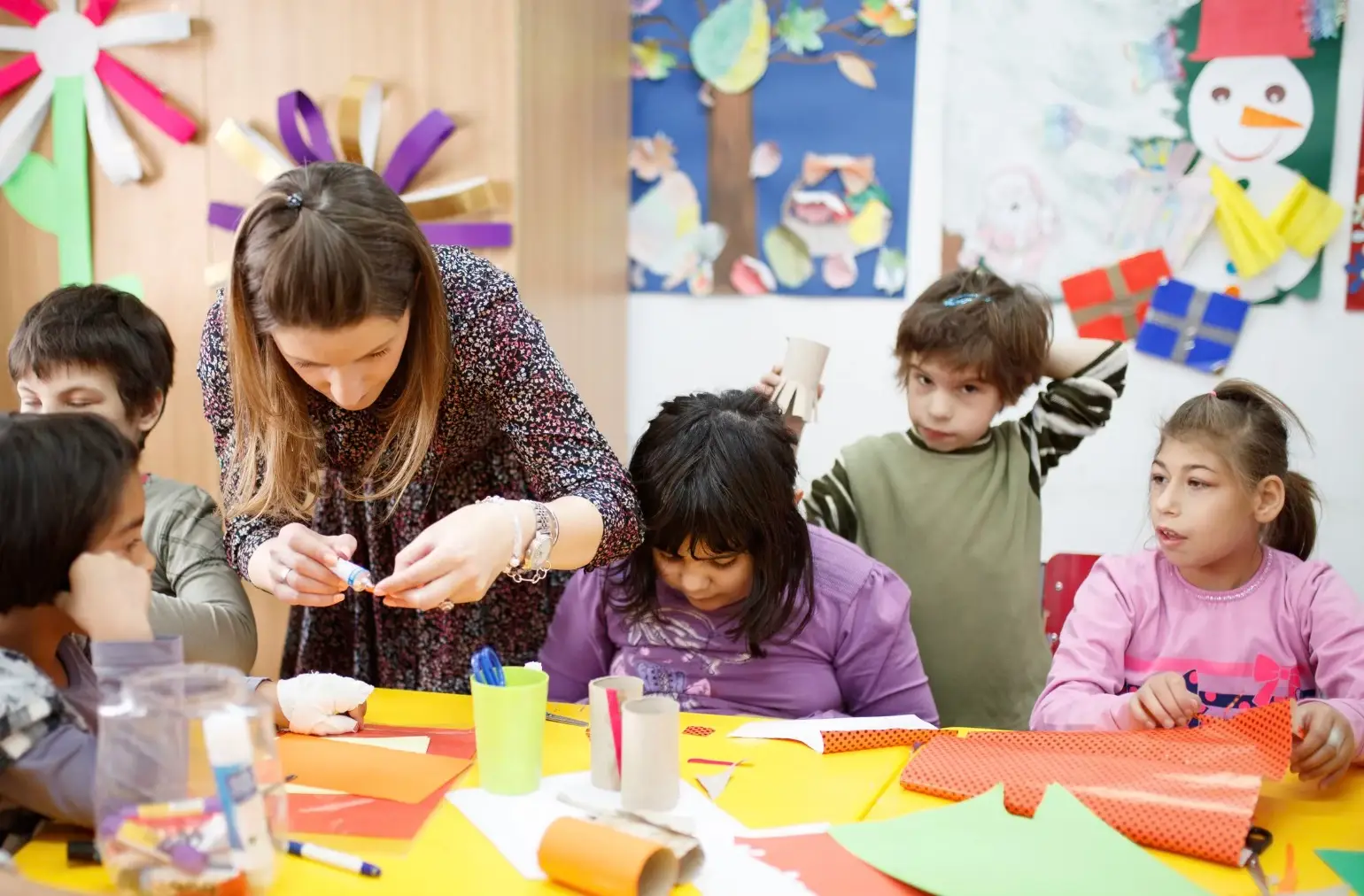
Younger clients benefit from developmentally appropriate adaptations that make mindfulness concrete and engaging.
“Mindful Monster Drawing” helps children externalize and explore difficult emotions by mindfully attending to feelings in their bodies, then creating visual representations of these feelings as friendly monsters.
This technique normalizes emotional experiences while building emotional vocabulary and regulation skills.
For adolescents, “Digital Mindful Photography” combines the appeal of technology with mindfulness by guiding teens to take photographs that represent their present-moment experience, followed by reflective creative writing or discussion.
This approach meets adolescents where they are while fostering mindfulness and self-expression.
Approaches for Older Adults
Older adults face unique challenges and life transitions that can be effectively addressed through integrated approaches.
“Life Review Mandalas” combine mindful reflection on life chapters with circular art creation, helping older adults integrate life experiences and find meaning.
This technique supports the developmental task of life review while providing concrete ways to express and process complex emotions.
“Mindful Legacy Projects” guide older adults to mindfully reflect on values and wisdom they wish to share, then express these through creative projects such as recorded stories, memory books, or collaborative art pieces.
This approach fosters meaning-making and connection while honoring the client’s life experience.
Implementation Challenges and Solutions
While integrating mindfulness with creative therapy offers many benefits, practitioners may encounter challenges in implementation. Addressing these proactively enhances effectiveness and client engagement.
Addressing Client Resistance
Some clients may initially resist mindfulness practices, creative expression, or both. This resistance often stems from performance anxiety, perfectionism, or discomfort with emotional awareness.
Effective strategies for addressing resistance include:
- Starting with brief, structured exercises that feel manageable
- Emphasizing process over product in creative expression
- Normalizing and validating discomfort as part of the process
- Offering choices to enhance client agency
- Using metaphor to explain the purpose of integrated techniques
For example, a client resistant to art-making might be invited to simply select colors that resonate with their current emotional state, without pressure to create a finished product. This gentle entry point often leads to greater willingness to engage more fully over time.
Therapist Training and Competency Development
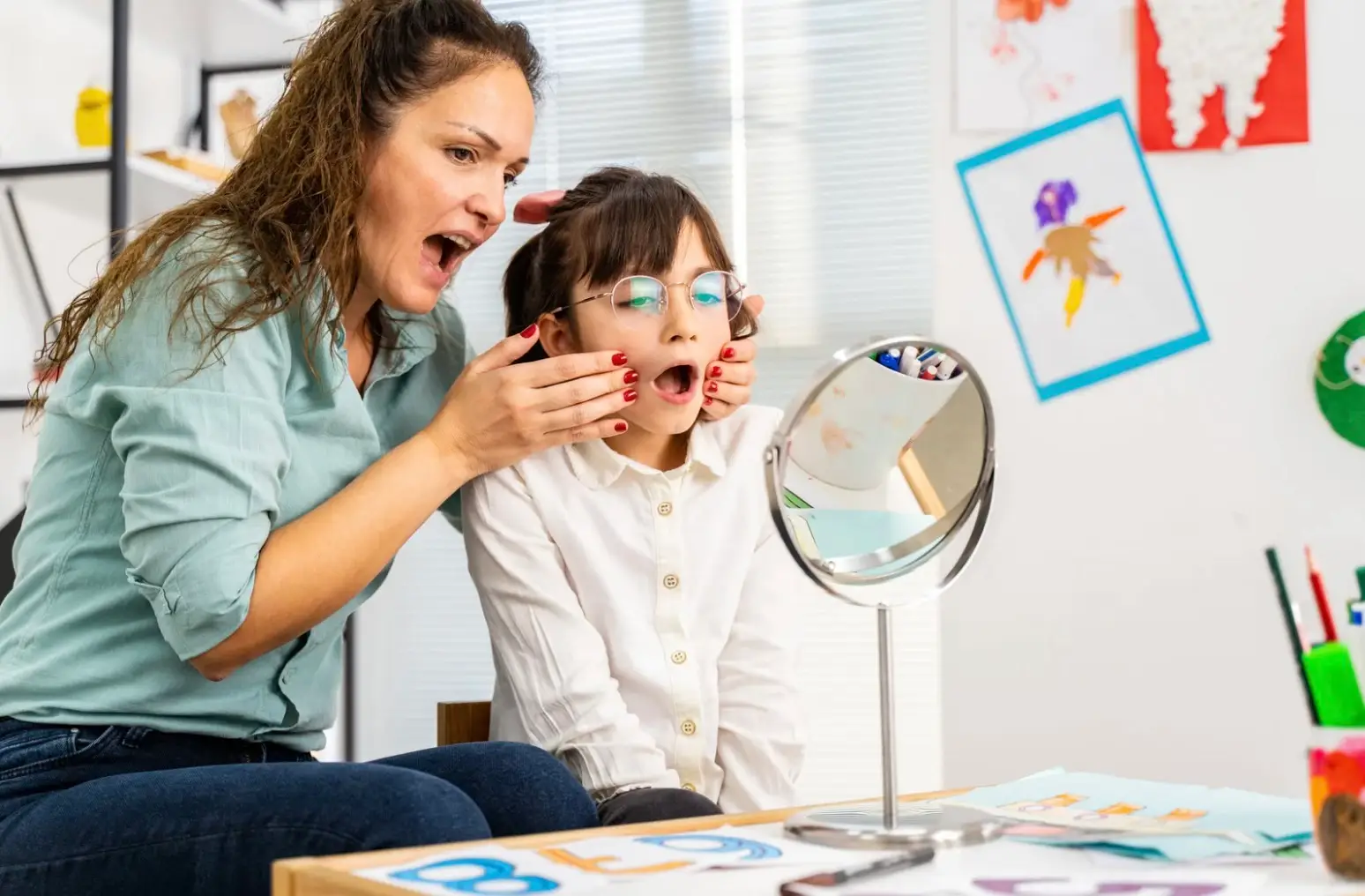
Effective integration requires therapists to develop competence in both mindfulness facilitation and creative therapy techniques.
Many therapists feel more confident in one area than the other, which can limit implementation.
The team at Integrative Creative Therapy recommends a staged approach to competency development:
- Start with techniques in your current comfort zone
- Seek supervision or consultation for new integrations
- Participate in experiential training workshops
- Practice techniques personally before introducing them to clients
- Develop a peer consultation group for ongoing support
Therapists like Wen Chang and Gabriel at Integrative Creative Therapy emphasize the importance of therapists experiencing techniques firsthand to understand their impact and potential applications.
Cultural Considerations in Mindful Creative Work
Both mindfulness and creative expression are influenced by cultural contexts, and thoughtful adaptation is essential for culturally responsive practice.
Asian therapists in Austin, TX and New York, NY note that clients from collectivist cultures may benefit from adaptations that honor relational values and community connections.
For example, mindful creative techniques might explore one’s place within family and community systems rather than focusing exclusively on individual experience.
Cultural humility involves:
- Recognizing the cultural origins of mindfulness practices
- Avoiding appropriation through proper attribution and respect
- Adapting techniques to align with clients’ cultural values
- Inviting clients to incorporate culturally meaningful symbols and expressions
- Remaining open to learning from clients about their cultural experience
Measuring Outcomes and Effectiveness
As with any therapeutic approach, systematic assessment helps track progress and demonstrate effectiveness of integrated mindfulness and creative therapy techniques.
Assessment Tools for Integrated Approaches
Several assessment tools can help measure outcomes of integrated approaches:
The Mindful Attention Awareness Scale (MAAS) measures changes in present-moment awareness and can be administered periodically to track development of mindfulness skills.
The Expressive Therapies Continuum Assessment (ETC-A) evaluates how clients engage with creative materials and processes, providing insight into cognitive, emotional, and sensory processing.
For symptom tracking, the Depression, Anxiety, and Stress Scale (DASS-21) offers a brief measure that can be administered regularly to track changes in common presenting concerns.
Qualitative assessment through client self-report and therapist observation provides valuable information about subjective experience and engagement with integrated techniques.
Case Studies and Evidence Base
The evidence base for integrated mindfulness and creative therapy approaches continues to grow. A 2023 meta-analysis of 28 studies found moderate to large effect sizes for improvements in emotional regulation, stress reduction, and quality of life measures when mindfulness was systematically integrated with expressive arts therapies.
Case examples highlight the potential of these integrated approaches. For instance, therapy services in Austin, TX reported a case where a client with complex PTSD who had made limited progress with traditional talk therapy experienced significant symptom reduction after engaging in an 8-week protocol combining mindful movement, art expression, and narrative reconstruction.
Another case study from Integrative Creative Therapy documented how a client with treatment-resistant depression developed increased emotional awareness and regulation through mindful music engagement combined with visual art response, leading to meaningful improvement in mood and functioning.
Your Path Forward: Implementing Mindful Creative Approaches
As we’ve explored throughout this article, the integration of mindfulness with creative therapy offers powerful opportunities for deeper therapeutic work across diverse client populations and presenting concerns.
By combining present-moment awareness with expressive modalities, therapists can help clients access, process, and transform experiences in ways that talk therapy alone might not facilitate.
For therapists interested in implementing these approaches, Integrative Creative Therapy offers specialized training, consultation, and resources to support your professional development.
Our team of experienced clinicians brings expertise in both mindfulness facilitation and multiple creative therapy modalities, providing comprehensive support for integration.
For clients seeking therapeutic services that incorporate these innovative approaches, our practices in Austin and New York offer individual and group therapy utilizing mindful creative techniques tailored to your specific needs and preferences.
We invite you to explore our services or contact our team to learn more about how these approaches might support your healing journey.
The integration of mindfulness with creative therapy represents not just a combination of techniques, but a holistic approach to human suffering and resilience.
By engaging both reflective awareness and expressive capacity, we create new possibilities for healing, growth, and transformation.
Frequently Asked Questions
How is mindfulness different from meditation, and how does this affect creative therapy integration?
Mindfulness is a quality of present-moment awareness that can be cultivated through various practices, while meditation is a specific practice that often (but not always) aims to develop mindfulness.
In creative therapy integration, mindfulness is the broader skill being developed, with meditation potentially serving as one method among many.
This distinction matters because clients who struggle with formal meditation might still successfully develop mindfulness through creative engagement.
For example, a client might find traditional meditation challenging but readily develop present-moment awareness through mindful drawing or movement. This flexibility makes integrated approaches accessible to diverse clients with varying preferences and learning styles.
Can mindful creative therapy approaches be effective for clients who consider themselves “not creative”?
Absolutely. The focus in mindful creative therapy is on the process of engagement rather than the aesthetic outcome or technical skill.
Many clients initially express concern about not being “artistic enough,” but this approach emphasizes curiosity and exploration rather than performance or product.
Therapists can help address this concern by starting with simple, accessible activities, providing structure that reduces performance anxiety, and explicitly framing the purpose as self-discovery rather than artistic production.
Most clients find that once they engage in the process with this understanding, their self-judgment decreases and their willingness to explore increases.
How long does it typically take to see benefits from integrated mindfulness and creative therapy approaches?
While individual responses vary, many clients report immediate benefits in terms of reduced stress and increased present-moment awareness even after a single session of mindful creative engagement.
More substantial therapeutic outcomes—such as improved emotional regulation, reduced symptoms of anxiety or depression, or trauma processing—typically emerge over 8-12 weeks of consistent practice.
Factors affecting this timeline include the client’s presenting concerns, previous experience with mindfulness or creative expression, consistency of practice between sessions, and the skill of the therapist in facilitating integration.
Regular assessment helps track progress and adapt approaches as needed.
Are there any contraindications or cautions for using these integrated approaches?
While generally safe and beneficial, mindful creative approaches require thoughtful adaptation for certain populations.
For clients with acute psychosis or severe dissociation, grounding techniques should precede deeper mindful exploration.
Clients with trauma histories may initially need brief, contained practices with clear beginnings and endings.
Some clients with sensory processing sensitivities may need modifications to accommodate their needs.
Additionally, therapists should be mindful of potential cultural factors that might influence how mindfulness practices or creative expressions are received.
As with any therapeutic approach, careful assessment and ongoing monitoring help ensure safety and effectiveness.
How can therapists develop competence in integrating mindfulness with creative therapy if they have training in only one of these areas?
Therapists can build competence through a staged approach to professional development.
Those trained primarily in mindfulness might start by incorporating simple creative elements into existing practices, such as adding drawing after body scan meditations.
Those trained in creative therapies might begin by adding brief mindful awareness practices before creative engagement.
Additional pathways include: seeking supervision from practitioners experienced in integration; participating in workshops that specifically address integration; joining consultation groups focused on these approaches; and most importantly, personally experiencing techniques before offering them to clients.
Professional organizations like the American Art Therapy Association and the Center for Mindfulness offer resources and continuing education that support integration.
About Integrative Creative Therapy
Integrative Creative Therapy specializes in combining evidence-based therapeutic approaches with creative expression to support healing and growth.
Our team of licensed therapists brings expertise in mindfulness practices, creative arts therapies, EMDR, somatic approaches, and traditional talk therapy.
With offices in Austin, TX and New York, NY, we serve diverse clients across the lifespan, with particular expertise in anxiety, trauma, life transitions, and cultural identity.
We are committed to culturally responsive care and offer services in multiple languages.
Learn more about our approach and meet our team at our website.



